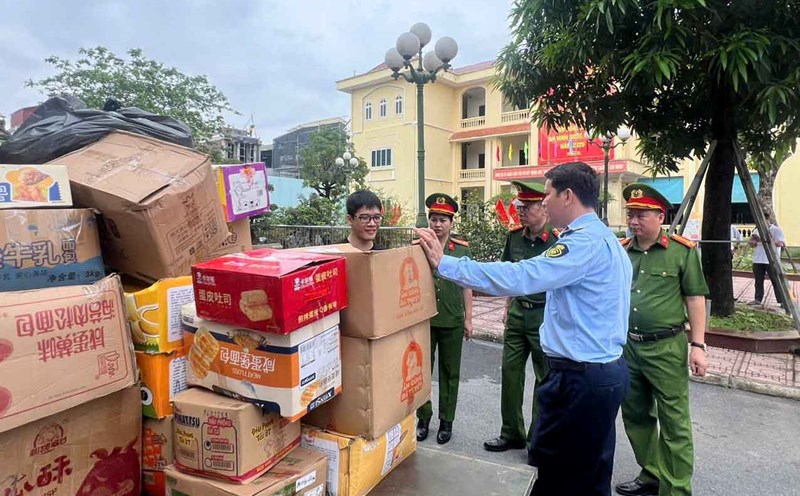Tropical storm Today dumped heavy rain on many eastern provinces of China on July 9, affecting people's lives and production activities in key economic regions with many high-tech industrial parks.
This is one of the most notable extreme weather phenomena in China since the beginning of the 2025 rainy season. In this situation, the local government has issued flash flood warnings, given students a day off from school and temporarily suspended waterway transport routes.
In Fujian city, all schools were closed on July 9. Functional forces are mobilized to be on duty to promptly respond to the risk of flooding and the impact of prolonged heavy rain.
Localities along major ports such as Phuc Chau and Ha Mon are closely monitoring water levels and implementing flood prevention measures. Passenger transport by sea in the area has been temporarily suspended to ensure safety.
After making landfall in southern Taiwan (China) on July 6, Typhoon Today has weakened into a tropical depression. However, the circulation continues to cause rain in Zhejiang and Fujian provinces and is moving deep into the mainland, towards Jiangxi and Guangdong. Some places have recorded up to 300mm of rain.
Despite weakening, storm today (formerly storm No. 2 in the East Sea) is still considered dangerous due to slow movement, only about 15 to 20 km/h. This speed causes prolonged rain, increasing the risk of flooding in places with poor drainage infrastructure, especially in inland provinces. Heavy rain is forecast to continue until at least July 15.
Meanwhile, inland provinces such as Anhui, Hubei and Hunan are experiencing prolonged heat, with temperatures ranging around 35 degrees Celsius due to the influence of the subtropical high pressure area.
In recent years, China has continuously recorded clear climate change with many strong storms, unusually heavy rains and extreme heat. This trend is posing a big challenge for natural disaster prevention, especially in areas with rapid urbanization but infrastructure has not met the requirements.
In that context, local governments are stepping up response plans to ensure the safety of the people and minimize damage to the Chinese economy.












